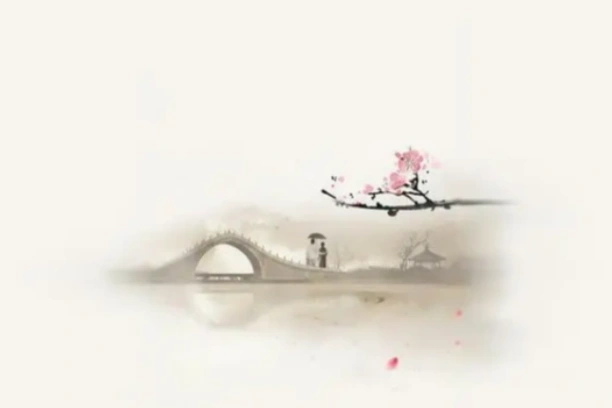
The door of Ch’an is entered by Wu. When we meditate on Wu we ask “What is Wu?” On entering Wu, we experience emptiness; we are not aware of existence, either ours or the world’s.
E-MAIL: admin@relaxmid.com

Regulating the body by walking consists of slow walking and fast walking. Walking meditation is especially useful for a change of pace when engaged in prolonged sitting, such as on personal or group retreats. Periods of walking can be taken between sittings.
In slow walking, the upper body should be in the same posture as in sitting, the difference being in the position of the hands. The left palm should lightly enclose the right hand, which is a loosely formed fist. The hands should be held in front of, but not touching, the abdomen. The forearms should be parallel to the ground. The attention should be on bottom of the feet as you walk very slowly, the steps being short, about the length of one’s foot. If walking in an enclosed space, walk in a clockwise direction.
Fast walking is done by walking rapidly without actually running. The main difference in posture from slow walking is that the arms are now dropped to the sides, swinging forwards and backwards, as in natural walking. Take short fast steps, keeping the attention on the feet.
PREVIOUS: Point Seven: The Eyes | TSO-CH’AN
NEXT: Supplementary Exercise | TSO-CH’AN
